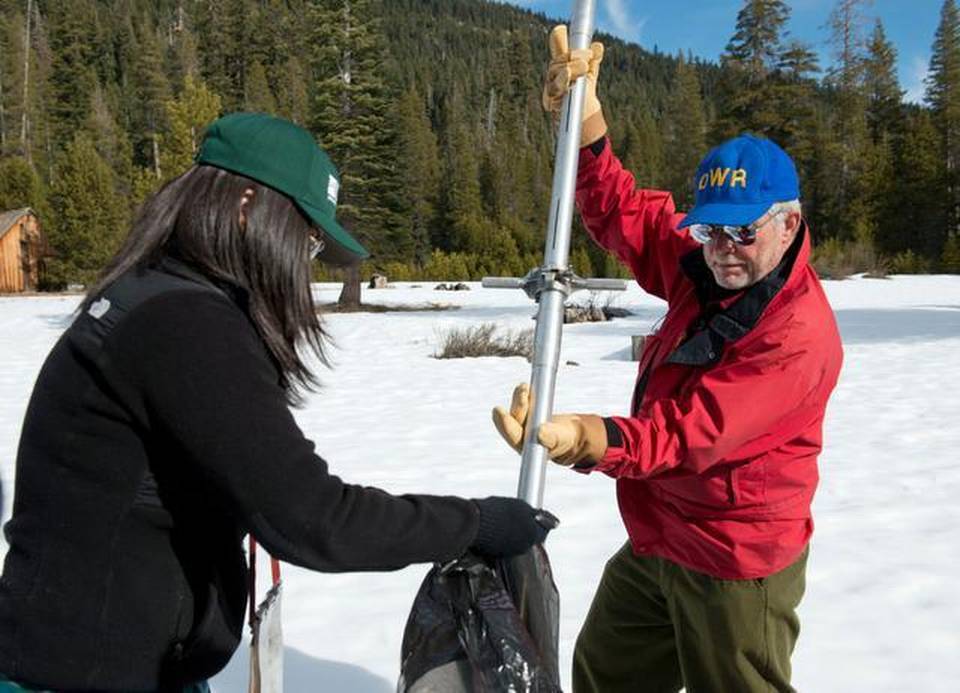Rain-Free January Portends Continued California Drought of Increased Severity
Severe Reduction in Sierra Snowpack Another Sign That State’s Worst Drought Just Gets Worse
January 2015 ends with a most dubious distinction: it’s been the driest January in recorded California history. That’s especially bad news, considering that January has traditionally been the wettest month of the year in the Golden State.
According to National Weather Service and California Department of Water Resources (DWR) statistics, the alarming precipitation figures for Northern California include an essentially rain-free January (0.01″) for Sacramento; o.26″ in Redding; and 0.12″ in Blue Canyon, a site in the High Sierras commonly used for official snowpack surveys. All are worst-ever precipitation figures, going back to when such statistics first began being compiled in the nineteenth century.

Speaking of snowpack surveys, the news on that front is equally dire. This week, DWR officials completed their latest survey of snow levels in the High Sierras–California’s natural reservoir and one that exceeds all of the state’s artificial (reservoir) storage capacity combined. That snow survey puts the Sierra snowpack at a mere 25% of normal for late January.
All of this virtually guarantees that California is entering its fourth consecutive year of severe drought. And that drought is growing in severity as well as duration. The State Water Resources Control Board and water agencies around the state are being forced to consider ever-more-Draconian conservation measures for all sectors of the California economy. Meanwhile, DWR is seeking expedited federal approvals from the federal government to construct temporary rock dams in the western portion of the Sacramento-San Joaquin Delta, to prevent saltwater intrusion from San Francisco Bay and the Pacific Ocean that threatens to contaminate water supplies upon which 24 million Californians rely.
With no major storms in sight, 2015 is shaping up as a year that will threaten California urban areas, agriculture and environment alike. Desperate times call for desperate measures. Californians should hunker down and get ready for them.
In Sacramento on January 31st–which the calendar tells us is the depth of winter–it was 70 degrees, warm, dry and sunny. Felt like spring…how depressing.






Reader Comments